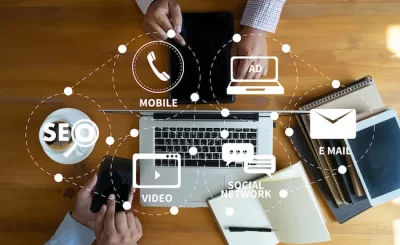There are two types of sales: business-to-business and business-to-consumer sales. Business-to-business sales involve selling products and services to other businesses, while business-to-consumer sales involve selling to individuals. Business-to-business sales differ from consumer sales in many ways. B2B sales involve more complex processes and transactions, while B2C sales involve simple transactions and shorter sales cycles. Below are some common characteristics of both types of sales.
A sale is an agreement between a seller and a buyer where the seller transfers an item or service to the buyer for a fee or other specified assets. A sale occurs when the buyer and seller agree on the specifics of the transaction, including the price, quantity of the good, delivery logistics, and other specifics. To close a sale, the item or service must be available for purchase, and the seller must have the legal authority to transfer the item or service.
Sales can take place online or in a traditional business setting. Online stores, for instance, can send products directly to the customer’s home. Offline sales, on the other hand, occur in supermarkets, shopping centers, and other traditional venues. In an offline setting, a sale occurs when a person purchases or asks for something. The latter includes the buying or selling of a product. For both types of sales, a buyer must first evaluate the product or service that he or she needs.
Despite being a common misconception, sales is a complex process that involves many different aspects. In its purest form, sales is the process by which a business sells its product or service. Sales staff contact people who have expressed an interest in purchasing a product or service. This may have been achieved through social media, downloaded information, or visited a website. The purpose of this contact is to follow up on a lead. Finally, the sale is the closing of a transaction.
B2B sales tend to involve higher ticket value and more complex terms. These sales often involve goods that play an integral role in the business of the buyer. For example, a B2B sales rep may be responsible for nurturing new leads for a service package. A recent HubSpot report revealed that the average sales cycle for an agency ranged from 31 to 90 days. Additionally, most agencies bring on one to three new clients per month. These figures highlight how important it is to have a sales process in place for bringing in new clients.
A sales representative is the face of a company, interacting with clients and developing relationships. In contrast, inside sales involves selling through email, phone, social media, and CRM platforms, whereas outside sales requires face-to-face contact. This type of sales has a more specialized approach and focuses on KPI goals rather than building rapport with individuals. Nevertheless, outside sales representatives should still maintain flexibility in their travel. The goal is to convert leads into paying customers.








